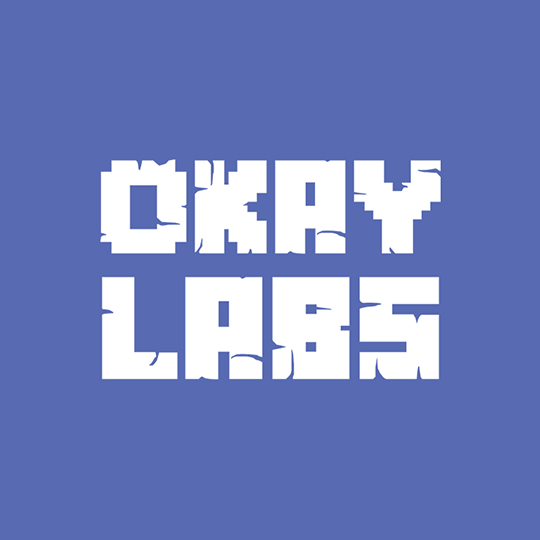Solana, currently ranked as the fifth-largest cryptocurrency by market cap, is making waves with its expanding liquid staking ecosystem. Recent data shows a significant uptick in Solana’s liquid staking ratio, climbing by 1.76% quarter-over-quarter, underscoring its growing adoption and utility.
The number of Liquid Staking Tokens (LSTs) on Solana has doubled recently, reflecting a burgeoning market that is becoming increasingly diversified. This growth is also evident in the reduced dominance of the top three liquid staking providers, which has decreased from 93% to 68.7%, indicating a broader participation from various stakeholders.
According to DefiLlama, over $54 billion worth of crypto assets are presently staked across various liquid staking platforms. Unlike traditional staking methods, liquid staking allows participants to earn additional yield while maintaining liquidity through derivative tokens for decentralized finance (DeFi) activities.
Dune Analytics data highlights that over 23 million SOL tokens, valued at more than $3.6 billion, are currently staked on Solana’s liquid staking platforms. This underscores Solana’s robust staking ecosystem, where approximately 60% of SOL tokens are staked, with 6% engaged specifically in liquid staking activities.
Tom Wan, a respected researcher and analyst, attributes this growth to several key factors. Wan noted that the recent airdrop from Jito Labs significantly boosted the liquid staking ratio by 2% from Q4 2023 to Q1 2024. Moreover, Wan emphasized the critical role played by innovations like the Sanctum Router and Sanctum Reserve in facilitating this sector’s expansion.
In a tweet, Wan described the current state of liquid staking on Solana as booming, highlighting the proliferation of Liquid Staking Tokens (LSTs), which have grown to 53, nearly doubling from the previous quarter. This surge indicates a robust evolution within Solana’s ecosystem, driven by technological advancements and increased investor interest.
Platforms such as Sanctum have played a pivotal role in simplifying the development and scalability of LSTs. Jito Labs, catering to approximately 91,000 Solana investors and offering an attractive annual percentage rate (APR) exceeding 8%, exemplifies the rapid growth and innovation within this burgeoning market segment.
Wan also noted the introduction of new technologies and incentives as catalysts for further expansion. The launch of Sanctum Router and Sanctum Reserve has facilitated easier market access, laying the groundwork for what he described as a ‘Cambrian explosion’ in Solana’s liquid staking arena.
Furthermore, emerging projects from entities like Helius Labs, Solana Compass, and Drift Protocol are challenging established market leaders, fostering a more diverse and competitive landscape. Notably, Jupiter Exchange’s jupSOL has made significant strides, surpassing bSOL in market capitalization with a total value locked (TVL) of $329 million.
JupSOL has seen a remarkable 22% increase in TVL over the past 30 days, driven in part by its integration with Kamino Finance. With $220 million deposited, it currently offers the highest annual percentage yield (APY) at 21%, solidifying its position as a leader in Solana’s dynamic liquid staking sector.
As Solana continues to innovate and attract new participants, the future looks promising for its liquid staking ecosystem, poised for further growth and development in the evolving digital finance landscape.



